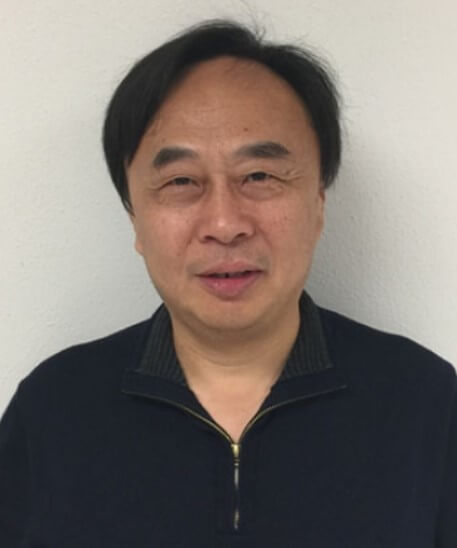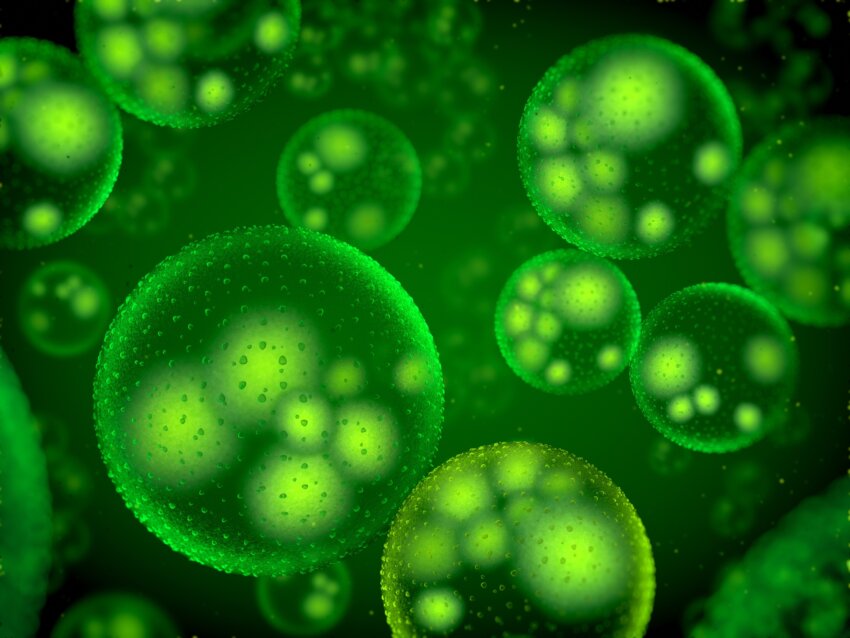Protection is afforded infants against disease-causing bacteria
Contact: Will Sansom, 210-567-2579, sansom@uthscsa.edu
SAN ANTONIO (April 13, 2023) — Certain immune cells possess a homing property that directs them to the skin at birth to protect the baby, researchers from The University of Texas Health Science Center at San Antonio (UT Health San Antonio) discovered.
“These T cells home in on the skin like a guided missile,” said Na Xiong, PhD, professor of microbiology, immunology and molecular genetics in the health science center’s Joe R. and Teresa Lozano Long School of Medicine. “They have a different homing property than other T cells. We identified the mechanism through which this homing activity occurs.”

Localization of these T cells to the skin is important not only at birth but for lifelong immunity, said Xiong, senior author of an article that appeared on the cover of the February 2023 issue of Nature Immunology.
In the womb, a mother’s defenses protect a fetus against bacteria. At birth, the skin and other tissues such as the gut are exposed to commensal bacteria. These are harmless bacteria that are beneficial by keeping any disease-causing bacteria in check.
The skin-homing cells are called invariant killer T (iNKT) cells. These immune cells emanate from and are programmed in an organ called the thymus. In humans, this organ is located between the lungs.
The iNKT cells cooperate with the commensal bacteria to preserve skin health and act as a barrier for the body against bacterial pathogens, Xiong said.
“We found that if the iNKT cells do not properly go to the skin, or if there is no such population in the skin, there will be dysregulation of commensal bacteria in the skin and the bacterial composition will be changed,” Xiong said. “This can result in not enough friendly bacteria being present, enabling potentially pathogenic bacteria to overgrow.”
In a second important finding, the researchers observed that the skin-homing iNKT cells help promote hair follicle development. The cells situate preferentially around follicles and are not the only ones present there, Xiong said. “Within the hair follicle, there are also a lot of commensal bacteria. It is one place they like to stay,” he said.
The follicles themselves are critical sites of immune defense, he added.
Collaborators are from Pennsylvania State University. Funding is from the National Institute of Allergy and Infectious Diseases and the National Institute of Arthritis, Musculoskeletal and Skin Diseases of the National Institutes of Health.
Developmentally programmed early-age skin localization of iNKT cells supports local tissue development and homeostasis
Wei-Bei Wang, Yang-Ding Lin, Luming Zhao, Chang Liao, Yang Zhang, Micha Davila, Jasmine Sun, Yidong Chen and Na Xiong.
First published: Jan. 9, 2023, Nature Immunology
https://www.nature.com/articles/s41590-022-01399-5
The University of Texas Health Science Center at San Antonio (UT Health San Antonio), a primary driver for San Antonio’s $44.1 billion health care and biosciences sector, is the largest academic research institution in South Texas with an annual research portfolio of $360 million. Driving substantial economic impact with its six professional schools, a diverse workforce of 7,900, an annual operating budget of $1.08 billion and clinical practices that provide 2.6 million patient visits each year, UT Health San Antonio plans to add more than 1,500 higher-wage jobs over the next five years to serve San Antonio, Bexar County and South Texas. To learn about the many ways “We make lives better®,” visit UTHealthSA.org.
Stay connected with The University of Texas Health Science Center at San Antonio on Facebook, Twitter, LinkedIn, Instagram and YouTube.


